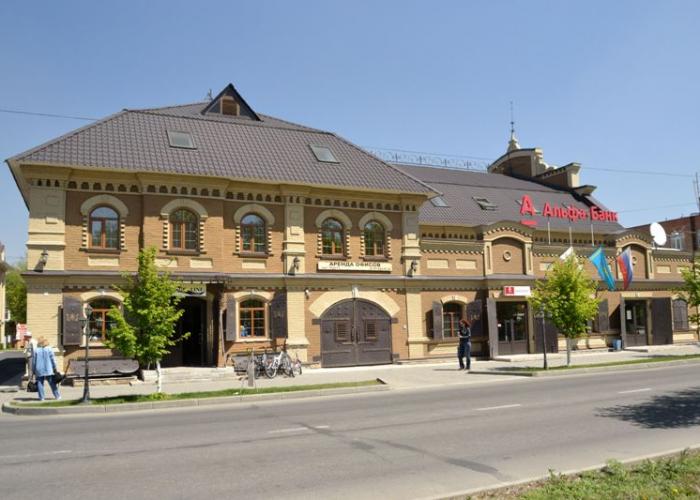In the center of Ust-Kamenogorsk, 50 Gorky Street (formerly Pozharny Lane), there is a monument of history and culture - "the house and store of the merchant Akhtam Rafikov with a wine cellar. The monument has been restored, the facade has preserved its historical appearance, but in general the original appearance has undergone significant changes, since the outbuildings have been lost, on the inside there are extensions.
The monument was placed under state protection in 1984. Like any ancient building, this house hides the history of the people who used to live there.
At the end of the 18th and beginning of the 19th centuries, M. Rafikov lived in a Tatar village. He had three sons: Makhmud, Murtaza and Akhtam. The boys were growing up, and with them the parents' worries increased. First, it was necessary to save the family from hunger; second, to save them from 25 years of military service in the Tsarist army. And most importantly - to prevent the conversion of the Tatar family to the Christian faith. Rumors about forced baptism of the local Tatars reached the village. Overnight the head of the family left the acquired place and went in search of a new share. He was selling thread, needles, pins, thimbles, and other small things. He did not take it all from Kazan in vain: merchants eagerly bought up the merchandise, thus giving Rafikov an opportunity to settle down in a new place. Three years later he moved his family out of Kazan.
The fates of the three boys turned out differently. Makhmud did not acquire much wealth, but he did not become poor. Murtaza did not escape the Tsarist army and served in it for 25 years. And Akhtam became the richest merchant of Ust-Kamenogorsk. The merchant guilds established by Peter I were distributed on the basis of the declared capital. Akhtam was a merchant of the first, most honorable, guild, regularly paid tax to the city treasury.
He started not at all with re-buying and trade, but with the organization of a small factory for the manufacture of wax candles for the church. Most of his workers were kids, because the business was simple and kids wanted to earn money. Then I opened a soap factory. Later he was engaged in bee-keeping. Akhtam Rafikov traded in red goods, manufactured goods, Vyatka and Tula harmonies and children's toys. A kind word could be remembered by the believers who visited the Tatar mosque at that time. Not a single holiday passed without a big feast of "as", which was arranged for Muslims by the first merchant of the city.
At the end of the XIX century, Akhtam planned to build a two-storey house with a patio. This building was a kind of symbiosis of stone and wooden architecture. The merchant's family occupied the two-storey wing, and Rafikov set up a store on the first floor. The architecture of the house is fanciful: it is full of decorative elements, cornices, pilasters and arched windows. A part of the building of the first floor is occupied by a through arch, which, as well as the corners, is emphasized by flat projections. This house has become the most beautiful one in Ust-Kamenogorsk.
The house has long been scattered from the maternal home of Akhtam's great-grandchildren, but it stands as a reminder of the wealthy merchant who once lived here. Despite the facade, which has been changed because of the metal doors, this house is still one of the most beautiful buildings in Ust-Kamenogorsk.

